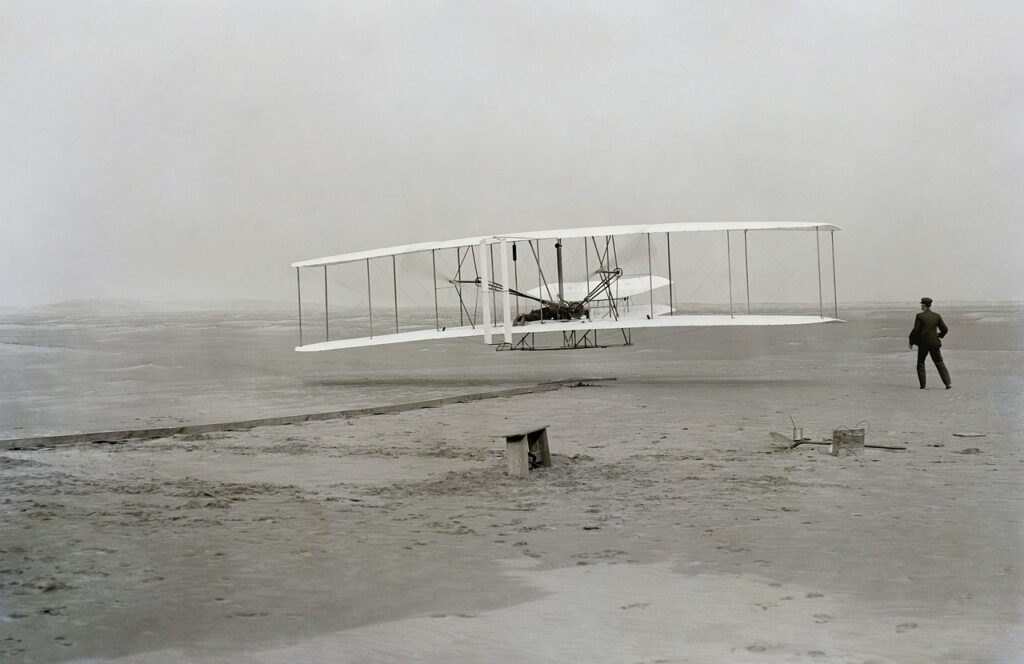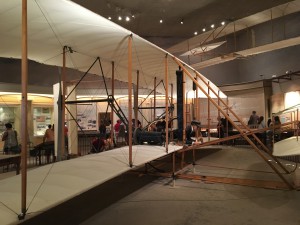
Although I took the bare minimum of science and math courses in both high school and college, I am in these elder days a bit of a science geek. And by that I don’t mean that I understand the underpinnings and the “math” of science as much as I relish and pore over each new issue of National Geographic and Smithsonian magazines as they arrive each month and watch longingly for new episodes of Nature and Nova on PBS. So I’m a spectator scientist, at best.
I am particularly drawn to the storytelling of scientific innovation — to the documentaries, essays, articles and podcasts that give us insight to those brilliant scientists and thinkers who are addressing the very real problems faced by the world today. Last month’s National Geographic featured profiles of 33 “visionary changemakers who are striving to make the world a better place” in a diverse range of areas such as climate change, wilderness preservation, economic opportunity, and mental health, among others. At a time when it’s easy to turn away from such troubling horizons, editor Nathan Lump writes that these 33 individuals (for the 33 men who founded the National Geographic Society in 1988) are “decidedly not looking away.”
The past century has been a long and broad season of innovation, to be sure. Just consider that the Wright Brothers first got a few feet off the surface of Earth in 1903 and, just 66 short years later, we landed on the surface of the moon. Consider, too, the advances of medicine, technology, energy and architecture. Heck, consider that I’m sitting here on my back porch typing on a laptop computer, checking a few facts (like the date of the Wright Brothers first flight) in an instant on my cell phone. In college, I thought I was dealing with pretty advanced technology with my Smith-Corona portable electric typewriter and a bottle of Wite-Out®.
So we’ve made some great global strides, to be sure. We have found new ways to care for our Earth and those people and creatures that live on it. And yet, it seems we have failed (and keep failing) when it comes to the most elemental thing that God asks of us: To love one another as God loves us. We, as a society, so often fail to love in ways that would put human lives and dignity before wealth, corporate gains and political strength. We measure success in all the easy but wrong ways.
These early morning thoughts bring to mind the wisdom of Pierre Teilhard de Chardin, a 20th-century French Jesuit, Catholic priest, scientist, theologian, and teacher. In his 1934 essay, “The Evolution of Chastity,” he wrote: “The day will come when, after harnessing the ether, the winds, the tides, and gravitation, we shall harness for God the energies of love. And, on that day, for the second time in the history of the world, man will have discovered fire.”
We’ve done so much in such a short period of time. And, no doubt, some of the world’s greatest innovations were done out of love for the Earth and humanity. But imagine — just imagine — what might be accomplished if everything we did began with the kind of power, influence and great innovation akin to the love that God has for us. The change that kind of power would bring to the world would tower over the elemental innovations like rockets, the wheel and even, as Teilhard writes, fire.
For in the end, it will be on our ability to love and not turn away from those in need that we will be judged, both by God and by those who will circle our coffins and graves trying to speak a few words of remembrance. For it’s not what we accomplish and earn that matters. It’s not the financial or social legacy we leave behind that will endure. It’s how much and how well we loved.
I’ll give the final word today to St. Oscar Romero, the Archbishop of San Salvador who was martyred while celebrating mass in 1980: “In the evening of life, you will be judged on love.”







